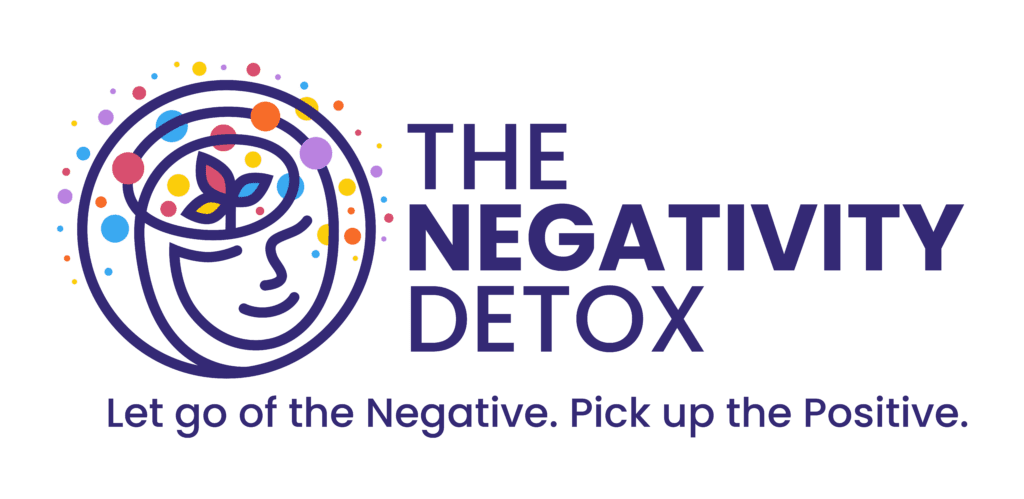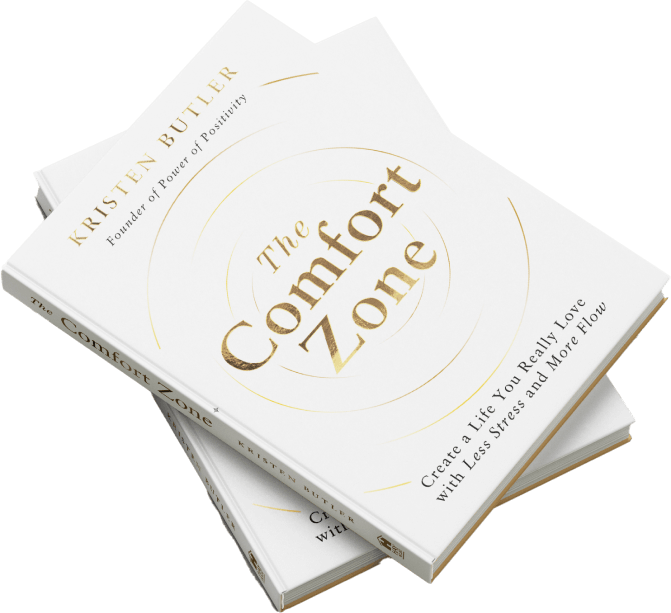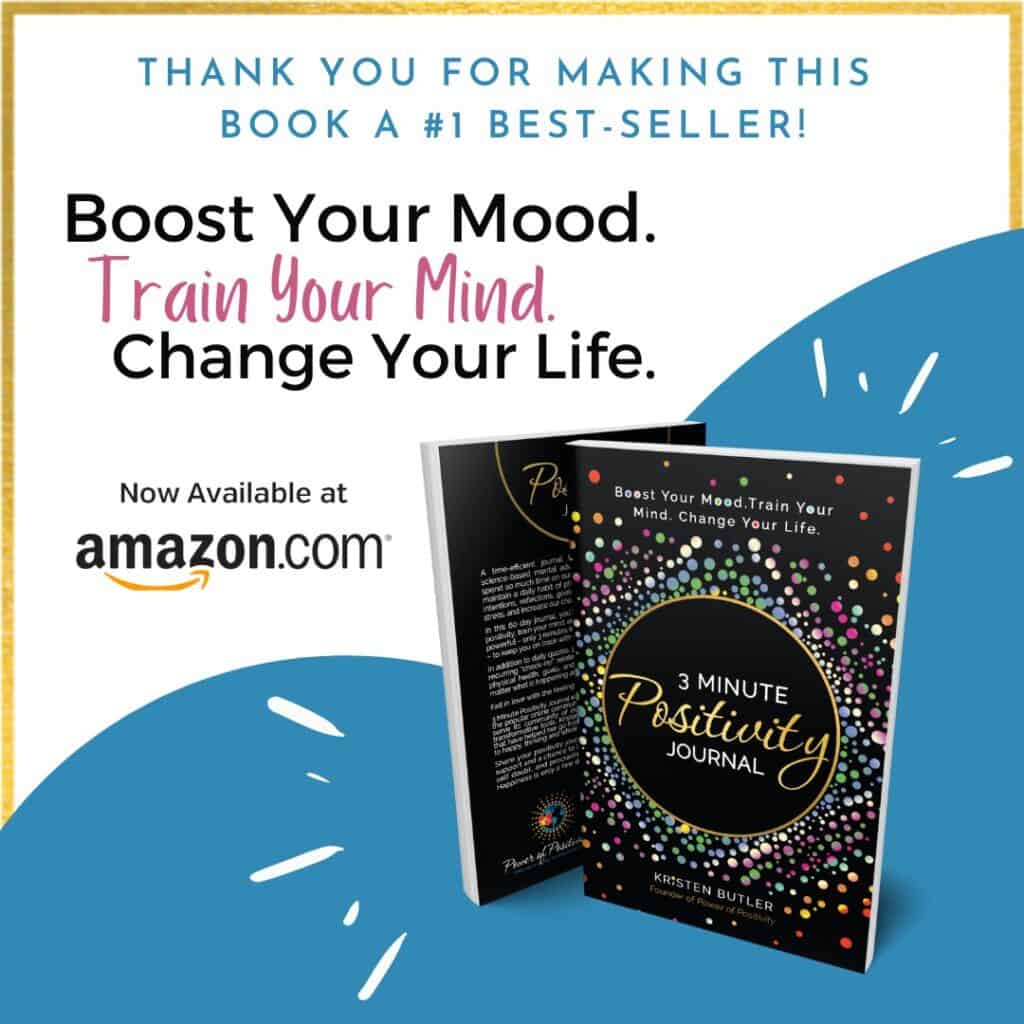Here’s the key to harnessing the Power of Positivity.
If you feel stuck in one place, negative, or unable to grow or achieve all of your dreams, you will benefit from a negativity detox.
What’s a negativity detox? So glad you asked.
Imagine your mind as a lush, verdant garden. In its prime, it’s filled with vibrant flowers, each representing joy, hope, and contentment. But like any garden, it requires regular care and attention. Without it, insidious weeds of negativity begin to sprout. These weeds, fueled by daily stressors, relentless negative news, and personal challenges, multiply. They intertwine with the blossoms, choking out their vitality and overshadowing their beauty.
Now, consider this: every gardener knows that simply plucking out the visible weeds from the surface isn’t enough. Their roots run deep, and if left unchecked, they’ll resurface time and again. The battle against these invaders is ongoing, demanding vigilance and the right tools to eliminate them.
The same goes for our minds. It’s not just about removing negativity once; it’s about consistently nurturing our mental garden, ensuring it remains resilient against the persistent weeds of pessimism and doubt.
This is where the transformative power of a Negativity Detox comes into play. It’s not just a one-time solution but a lifelong commitment to cultivating a mind that blooms with positivity, even in the face of adversity.
The Impact of Negative Thinking
Negative thinking doesn’t just dampen our mood; it has tangible, harmful effects on our overall well-being:
- Physical Health: Chronic negativity can lead to stress, which releases cortisol, a hormone that, in high levels, can cause health issues like heart disease, obesity, and diabetes.
- Mental Health: Negative thoughts can spiral, leading to anxiety, depression, and other mental health disorders.
- Relationships: Pessimism can strain relationships, as it’s challenging to be around someone who constantly sees the glass as half empty.
- Career: A negative mindset can stifle creativity, reduce productivity, and lead to job dissatisfaction.
The Power of Positivity Can Banish Those Encroaching Negative Thoughts
On the flip side, positivity offers a myriad of benefits:
- Physical Health: Positive emotions mean a lower disease risk, longer life, and better overall health.
- Mental Health: Optimism can reduce the risk of depression, lower levels of distress, and improve psychological well-being.
- Relationships: Positive individuals often have stronger relationships, better interpersonal skills, and a more extensive support network.
- Work: A positive attitude boosts job performance, fosters creativity, and enhances job satisfaction.
15 Signs You Need a Negativity Detox
From the daily stressors of life to the constant barrage of social media squabbles, it’s no wonder many of us feel overwhelmed, anxious, and drained. But what if there was a way to detox from all this negativity and embrace a more positive, fulfilling life?
Enter the concept of a negativity detox.
If you recognize any of the following signs in yourself, it is time to let go of negative thoughts and embrace a new, optimistic mindset:
1 – Constant Worrying
If you always expect the worst, it’s a sign your mind is trapped in a negative cycle. This perpetual state of anxiety can stem from past traumas, fear of the unknown, or a pattern of negative experiences. Over time, this can lead to a conditioned response where the brain automatically assumes the worst outcome, even in benign situations. This affects mental health and can lead to physical symptoms like increased heart rate and digestive issues.
2 – Fatigue and Frequent Headaches
Frequent headaches, stomach issues, or fatigue can be linked to chronic negativity. The mind and body are deeply connected; prolonged stress or anxiety can manifest as physical ailments. These symptoms are the body’s way of signaling that something is amiss. Ignoring these signs and failing to address the root cause can lead to more severe health issues later in life.
3 – Social Isolation
Avoiding social interactions or activities you once enjoyed can indicate a negative mindset. When someone feels ensnared in a cycle of negative thinking, they may withdraw from social situations for fear of judgment or further emotional pain. Over time, this isolation can exacerbate feelings of loneliness and depression.
4 – Frequent Overreactions (even to the little things)
Blowing minor issues out of proportion is a classic sign of negative thinking. This often stems from an accumulation of unresolved emotions or past traumas. Even minor triggers can result in disproportionate reactions when these emotions aren’t addressed, further straining relationships and personal well-being.
5 – Unfair and Harsh Self-Criticism
Constantly belittling or doubting yourself can erode your self-esteem. This internal negative dialogue can result from past criticisms from others, unmet personal expectations, or societal pressures. Over time, this can lead to a diminished sense of self-worth and potential mental health issues.
6 – Blaming Others
If you always find someone else at fault for your problems, you might be stuck in a negative thought pattern. While it’s easier to point fingers than to take responsibility, this mindset prevents personal growth and can strain relationships.
7 – Feeling Overwhelmed
A constant sense of dread or feeling that things are out of control can be linked to negativity. This often arises from an inability to set boundaries, prioritize tasks, or manage time effectively. Over time, this chronic state of stress can lead to burnout and other health issues.
8 – Trouble Falling Asleep and Staying Asleep
Trouble falling or staying asleep can be a result of a troubled mind. Negative thoughts or unresolved emotions can keep the mind active at night, preventing restful sleep. Over time, sleep deprivation can exacerbate negative feelings and impact overall health.
9 – An Unexplained Lack of Motivation
It’s time to assess your mindset if even simple tasks feel monumental. A lack of motivation can stem from feelings of hopelessness, past failures, or a fear of judgment. This can hinder personal and professional growth.
10 – Jealousy
Constantly comparing yourself to others and feeling envious can indicate a need for a negativity detox. This mindset stems from a lack of self-worth. But worse – it leads to resentment and strained relationships.
11 – Perfectionism
Striving for perfection and never feeling satisfied can be exhausting. This relentless pursuit often stems from a fear of judgment or needing external validation. Over time, this can lead to burnout and feelings of inadequacy.
12 – You Think Cynical Thoughts
If you’re always skeptical and distrustful, it might be time for a mindset shift. While it’s essential to be discerning, constant cynicism can hinder personal connections and opportunities.
13 – You Always Feel Like You’re Playing Defense
Taking everything personally and always being on the defensive can be draining. This often stems from past traumas or a heightened fear of criticism. As a result, you may feel strain in personal and professional relationships.
14 – You Feel Unwanted, Undervalued, or Unappreciated
If you constantly feel undervalued, it might be your negativity speaking. This can arise from a lack of self-worth or from being in environments where your efforts aren’t recognized. Over time, this can diminish motivation and self-esteem.
15 – You Lack of Joy
If you can’t remember the last time you felt genuinely happy, it’s time for a change. Continual feelings of sadness or indifference can be a sign of chronic negativity, potentially leading to more severe mental health issues.
By recognizing these signs and taking proactive steps, such as enrolling in a negativity detox program, individuals can break free from these harmful patterns and embrace a more positive, fulfilling life.
Take Our Online Course: The Negativity Detox: Let go of the Negative, Pick up the Positive
Here are the benefits of taking Kristen Butler’s latest course, The Negativity Detox: Let go of the Negative, Pick up the Positive.
Embarking on The Negativity Detox journey is more than just a course; it’s a transformative experience. Here are the concepts you will master under the guidance of Kristen Butler:
- Mind Mastery: Learn techniques to identify and uproot negative thought patterns, replacing them with empowering beliefs.
- Holistic Healing: Understand the interconnectedness of mind, body, and spirit and how positivity can enhance overall well-being.
- Effective Tools: Gain access to practical exercises, meditations, and strategies to maintain a positive mindset.
- Join a Supportive Community: You will be part of a vast network of like-minded individuals on their journey to a more positive life, offering mutual support and encouragement.
- Personal Growth: Discover deeper self-awareness and improved self-esteem. You will also have a renewed sense of purpose and direction in life.
- Lifelong Skills: The lessons you’ll learn aren’t just for the duration of the course. They’re skills and habits you’ll carry forever, ensuring a lifetime of positivity and resilience.
By the end of this course, you will not only manage negativity but thrive in positivity, equipped with the knowledge and tools to navigate life’s challenges with grace and optimism.
Final Thoughts on Embarking on a Negativity Detox
Recognizing the signs of chronic negativity is the first step towards a more positive, fulfilling life. By detoxing from negativity and embracing positivity, you can improve your physical and mental health, relationships, and overall well-being.
If you are ready to commit to change, consider joining our course, The Negativity Detox: Let go of the Negative, Pick up the Positive. When you register for this course, you will embark on a transformative journey towards a happier, healthier you.




















